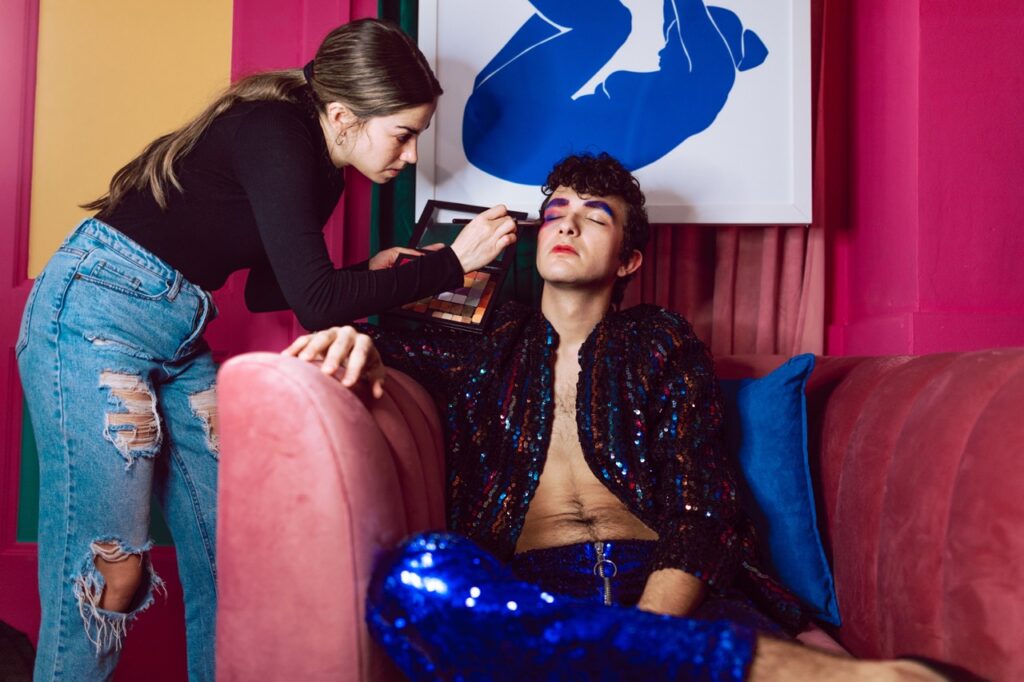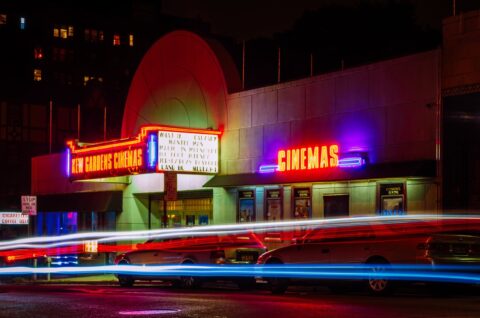The transformative power of makeup in the film industry is nothing short of magical. With a blend of artistry and technology, movie makeup artists have the ability to turn actors into entirely different characters, sometimes unrecognizable from their original selves. This transformation not only enhances the visual storytelling but also allows actors to delve deeper into their roles. Here’s a dive into how movie makeup creates magic on screen:
- Masterful Prosthetics: The use of prosthetics is a common technique to alter an actor’s appearance drastically. For instance, Charlize Theron’s transformation into serial killer Aileen Wuornos in “Monster” showcased a masterclass in prosthetic use, altering her face and teeth to embody the character fully.
- Iconic Transformations: Some transformations become iconic over time, like Heath Ledger’s portrayal of the Joker in “The Dark Knight” where the disheveled green hair, smudged makeup, and eerie facial scars epitomized the chaotic nature of the character.
- Animal and Creature Creations: Turning actors into non-human characters is a testament to the magic of movie makeup. Helena Bonham Carter was completely transformed into an animal mutant in 2001’s “Planet of the Apes” using prosthetics and makeup.
- Historical and Factual Accuracy: Makeup also plays a crucial role in historical accuracy. In “The Darkest Hour,” Gary Oldman was transformed into Winston Churchill, showcasing the meticulous attention to detail required to represent real individuals accurately on screen.
- Elaborate Face Paint and Makeup: From prosthetic noses to elaborate face paint, makeup artists employ a variety of techniques to alter an actor’s appearance, bringing characters to life on the big screen. The process involves a lot of creativity and collaboration between the makeup artists, actors, and directors to achieve the desired look.
- Digital and Practical Fusion: In some cases, makeup artists work alongside digital effects teams to create characters. For instance, in “Avatar,” makeup artists collaborated with digital effects teams to bring the visually stunning Na’vi race to life, showcasing a mesmerizing fusion of practical and digital artistry.
- Multifaceted Roles: Actors sometimes take on multiple roles in a single film, with makeup enabling the seamless transition between characters. Eddie Murphy’s various character portrayals in “The Nutty Professor” is a prime example of how makeup can showcase an actor’s versatility and humor.
- Embodying the Emotion: Beyond physical transformation, makeup can also convey the emotional state or the essence of a character. It aids in portraying the character’s journey, emotional struggles, and evolution throughout the narrative.
The world of movie makeup is vast and continuously evolving, with makeup artists pushing the boundaries of what’s possible to enrich the cinematic experience. Through their artistry, they not only transform actors but also enhance the narrative, making the viewing experience more engaging and immersive.






